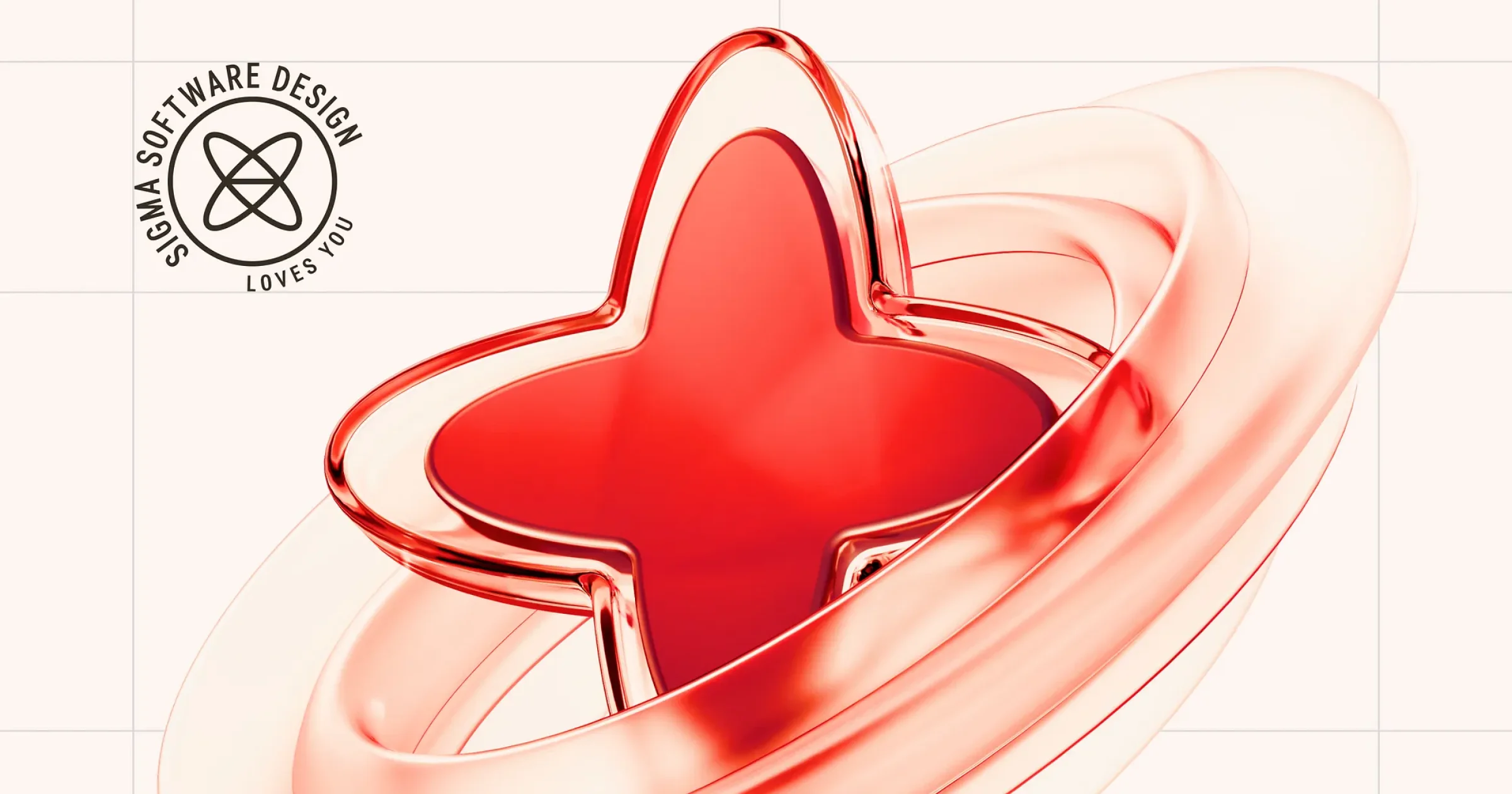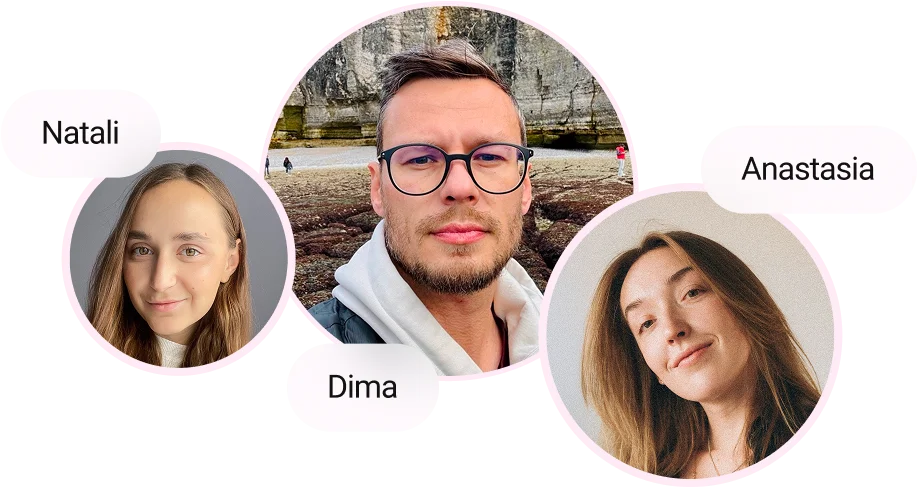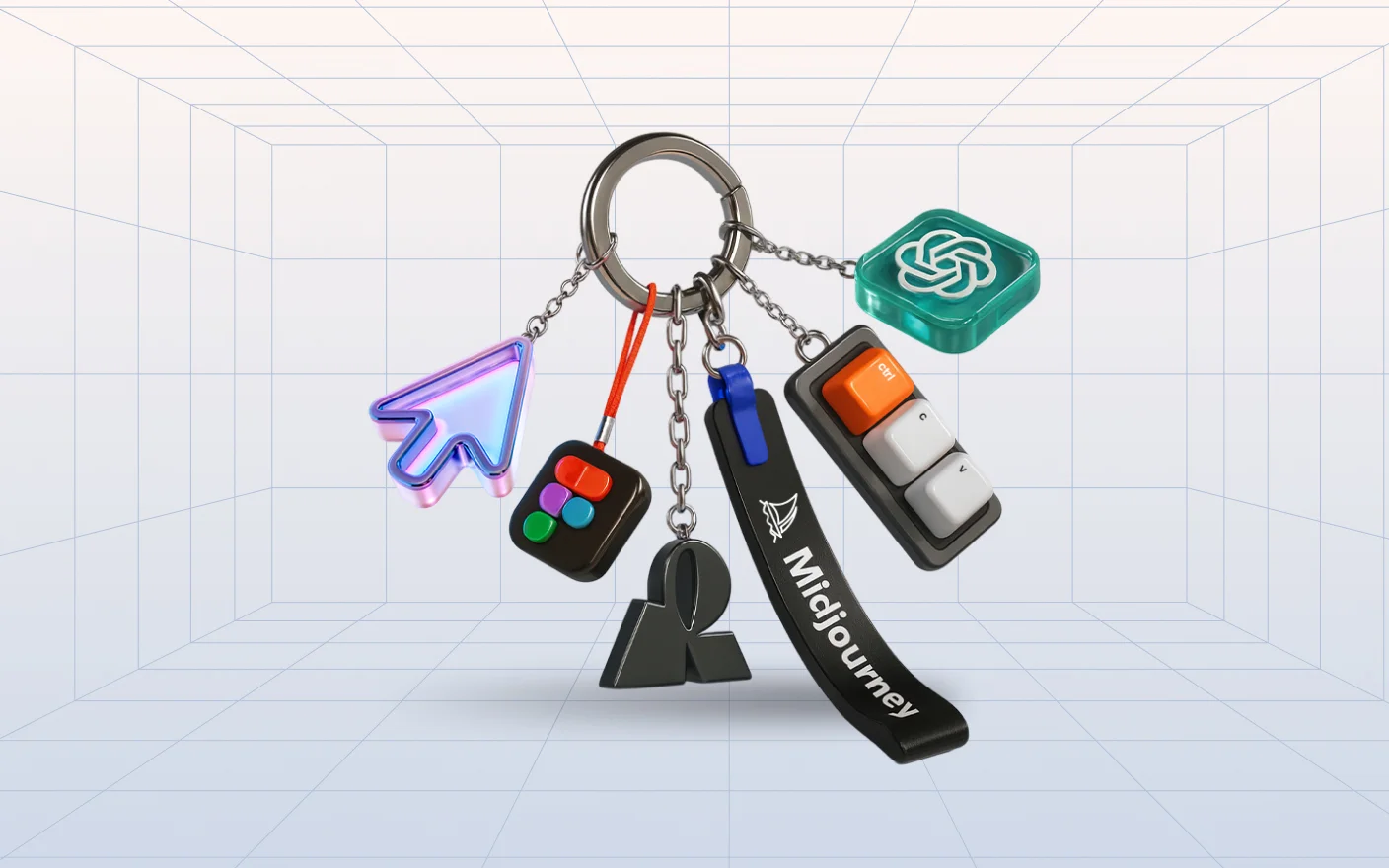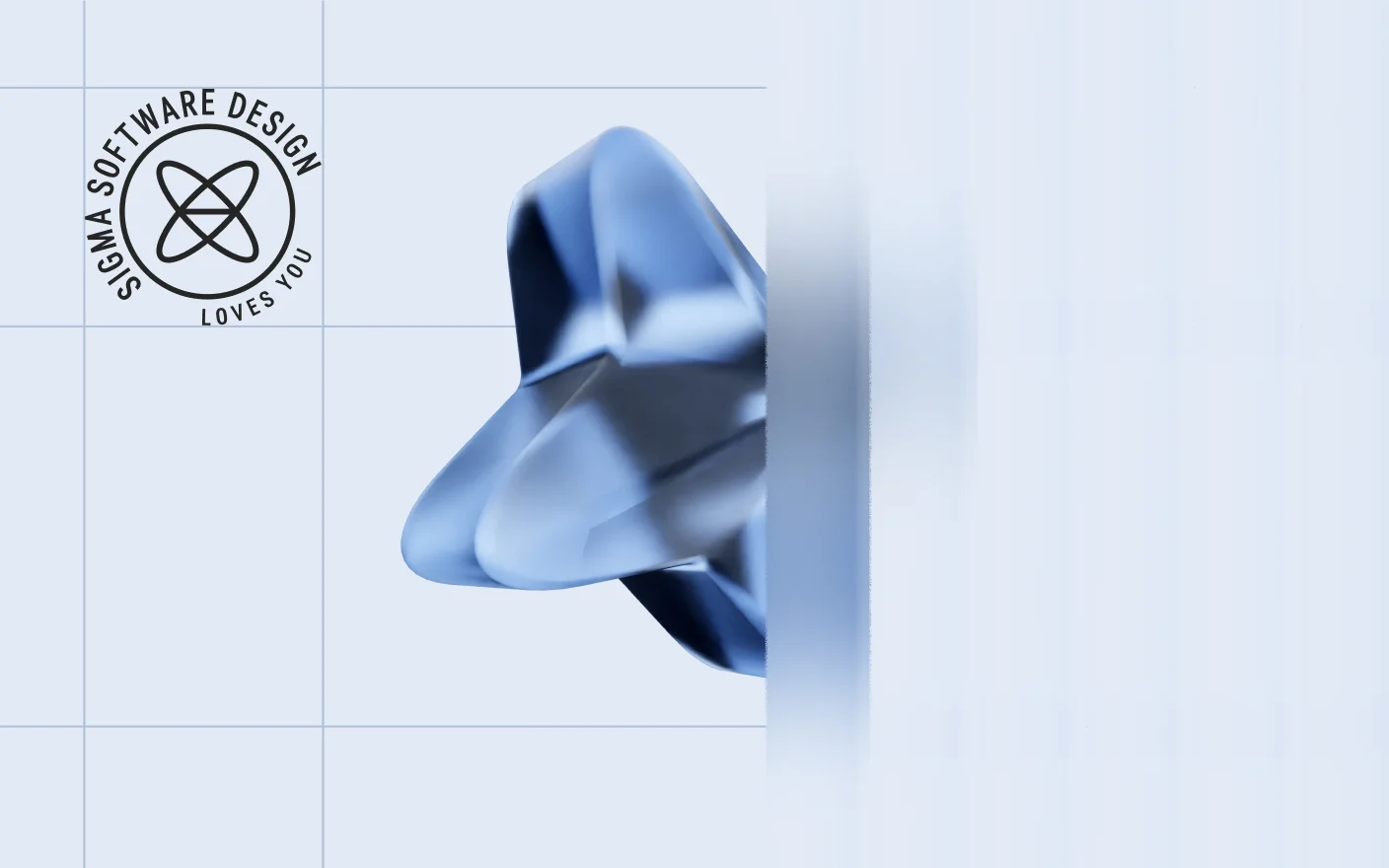Explore Sigma Software Design’s portfolio and connect with us today:
At Sigma Software Design, we craft digital experiences that don’t just look impressive — they work for real people and real businesses. Whether we’re designing mobile apps for healthcare, animated explainers for Web3, or updating enterprise dashboards, one thing never changes: behind every project, there’s a team of designers who care deeply.
Sounds exciting? It is
But keeping a talented creative team motivated takes more than deadlines and tasks.
Here are some hard-earned insights from someone who lives it every day — a firsthand look from a manager of a creative team.
Hi, I’m Nastia — a Design Project Manager at Sigma Software.
My core crew includes 11 designers, and sometimes, with cross-team collaborations, I manage up to 25 creatives at once.
Every one of them is brilliant, ambitious, and full of personality.
That’s both a huge inspiration… and a massive challenge.
My job isn’t about micromanagement. It’s about helping people grow, build trust, and create not just great work — but meaningful work.
Why motivating a creative team is a form of art
Here’s one thing we’ve learned over the years: creativity doesn’t clock in and out.
You can’t force a designer to care about something they don’t connect with. And if that connection is missing, you’ll feel it in the work, no matter how polished the visuals are.
Design is emotional. And motivation? It’s personal.
You can’t just hand out tasks and wait for results. You have to understand who you’re working with:
- What excites them?
- Where do they want to grow?
- What’s blocking them right now?
Motivating a creative team isn’t about bonuses or pizza Fridays. It’s about meaning, mindset, and daily conversations.

My go-to recipe for motivating designers
Of course, there’s no one-size-fits-all. But over some years, I’ve developed my own approach: flexible, human, and tailored specifically for creative minds.
I usually split it into two parts: the “simple” and the “challenging”.
The simple stuff (that gets overlooked way too often)
1. Help people enjoy being in the flow
That magical state where you’re so deep in the process, time disappears. Not everyone knows how to get there, especially
at first.
Help them notice those moments. Let them play with ideas, explore new styles, and try things out without fear.
But be mindful of the project timeline. If there’s no time to warm up, it’s better to involve people who are already experienced with the domain.
2. Assign tasks that spark interest, even a little
Not every project is groundbreaking. Some are just… practical. And that’s okay. Even in routine tasks, you can find something fun: a new tool, format, or creative angle.
3. Help them see the challenge
If a designer says, “it’s too easy,” maybe they just don’t see the real complexity.
Explaining a messy brief? Challenge. Defending a concept to a client? Challenge. Creating magic with limited time/resources/brand rules? Also a challenge.
You just have to name it and own it.
4. Don’t interrupt when they’re in the creative flow
If someone is in flow, don’t ping them with questions
or “quick chats.”
Flow is rare. Don’t break the spell.
Pro tip: Ask your team honestly if you ever come off as a micromanager. If yes, change it. Creative work needs space. And if the output still misses the mark, that’s what feedback sessions are for. Use them to uncover roadblocks and improve next time.
5. Give praise when it’s deserved
And not just from you. Encourage team members to recognize each other. A genuine “hey, that’s awesome!” from a peer can do wonders.
We have a Recognition Program at our company where anyone can nominate a teammate or a team at the end of the month,
with categories like Company Brand Influence, Professional Excellence, Great Teamwork, and more.
It works. Like, really!
The harder part (but this is where real growth begins)
1. Assign tasks that stretch, but don’t break
These are the tasks just slightly above someone’s current level, challenging enough to feel risky, but close enough to be doable.
In our team, we constantly look for such opportunities through internal initiatives, marketing experiments, pilot projects, and portfolio refreshes.
They allow people to try, fail, learn, and grow.
One of our designers worked on traditional UX/UI tasks for a long time. Then he tried 3D and today, he’s one of our leading 3D creatives. That kind of transformation doesn’t just inspire the person, it energizes the whole team!
2. Show the outcome, not just the output
Designed a great infographic? Show where it went live and how it performed. Created an illustration, website, or explainer video? Share the client feedback or campaign results, ideally in the team chat.
I always follow one rule:
Praise in public, critique in private.
Steal this. It works.
Real creative joy comes from real magic
I truly believe the best part of working in a creative field is the chance to leave a mark.
Not always a huge one, but a real one!
A visual that helped a client land an investor.
A presentation that saved a pitch.
A website that made people pause and spend their oh-so-precious time.
Even a tiny banner that made someone smile.
That’s where the joy kicks in.
That’s the kind of motivation that doesn’t need motivational speeches.
In the end…
Creative teams don’t need outside inspiration, they generate their own.
But for that, they need an environment where it’s okay to be brave, honest, and a little crazy.
And as a manager, you can create that space.
Let your team be more than just “the people who design.”
Let them be the people who create meaning.
Because that’s what real creativity is all about!








